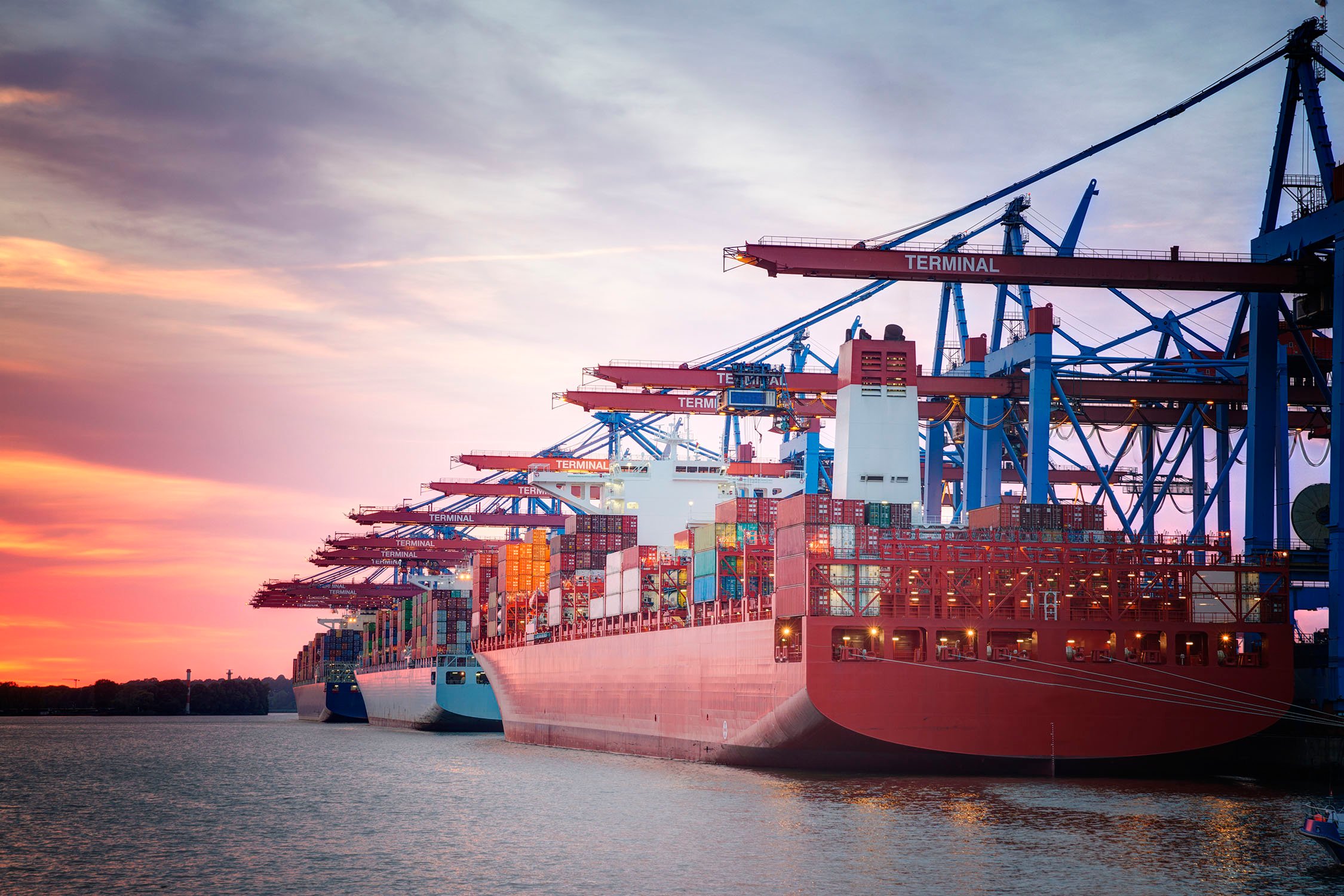On November 13, 2025, the United States and South Korea issued a joint factsheet announcing the formalization of a series of trade-related negotiations. The announcement builds upon prior arrangements and reflects ongoing negotiations between the two countries’ leaders, including recent meetings and state visits. The announcement confirms the trade deal announced in July 2025, which set a 15% tariff rate for most South Korean imports, and also represents a comprehensive approach to the critical economic…
